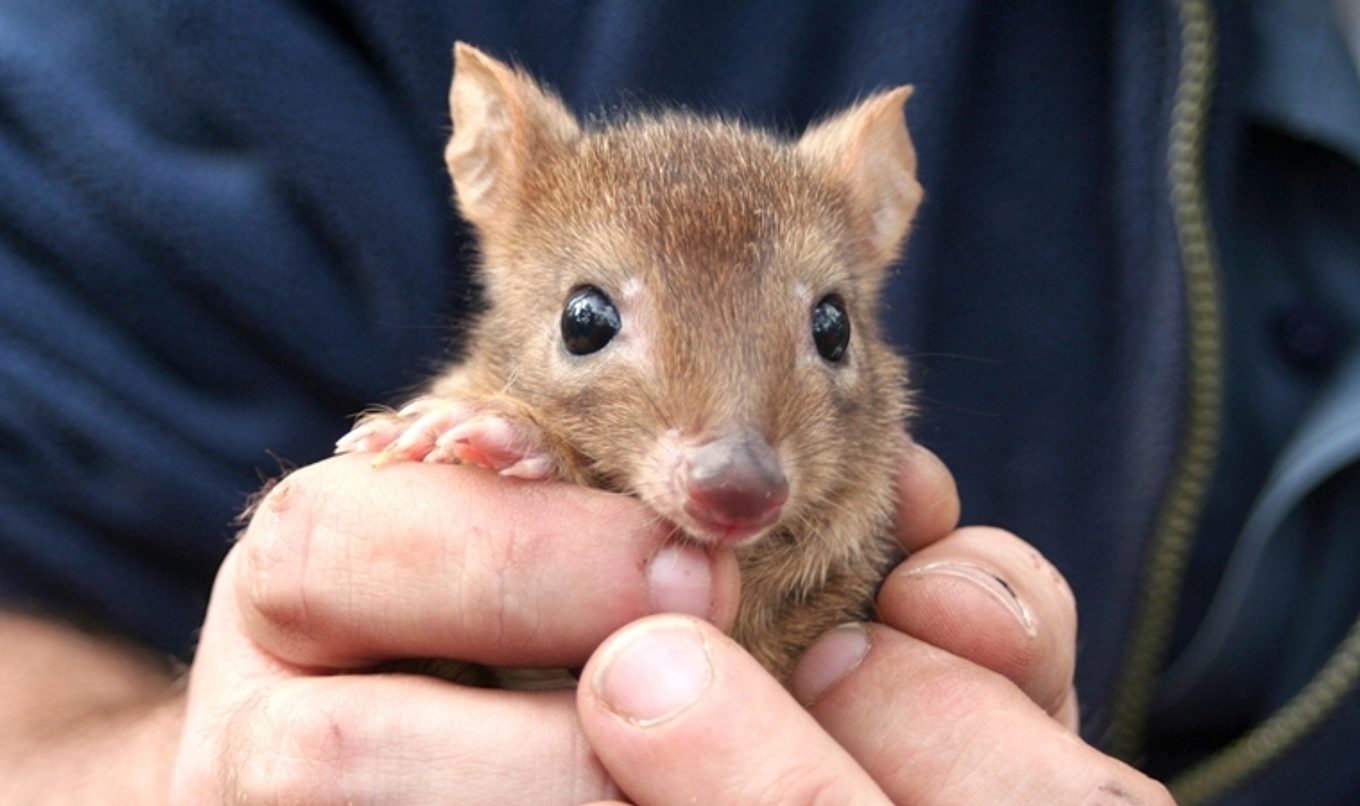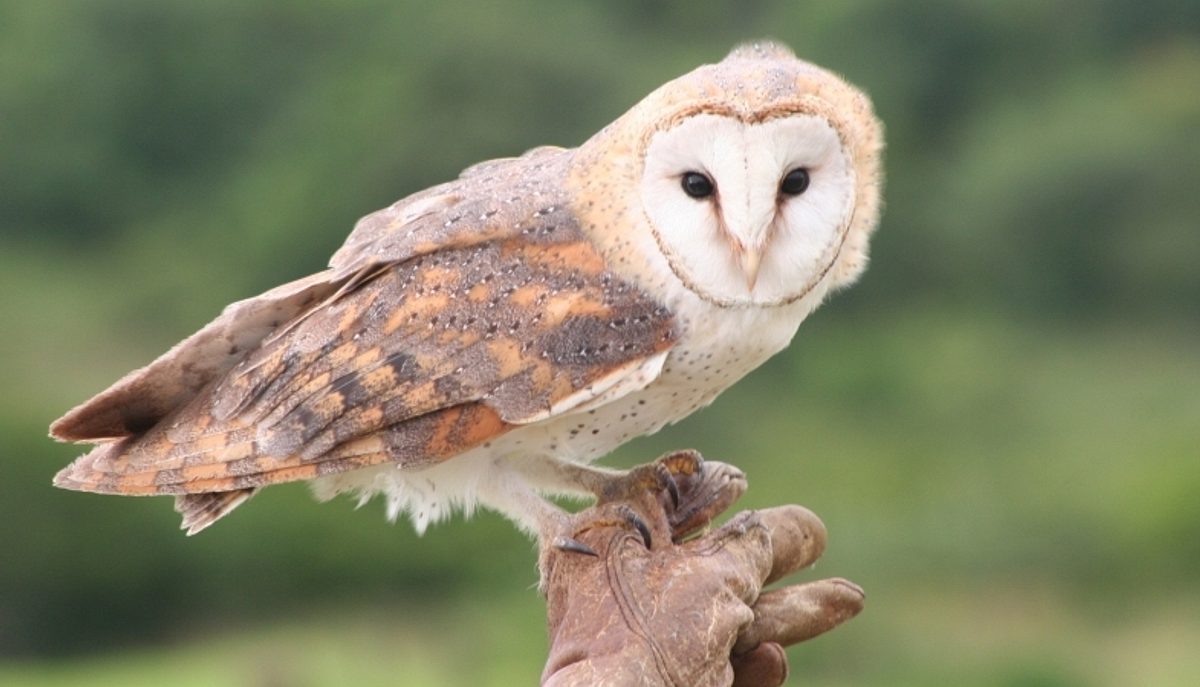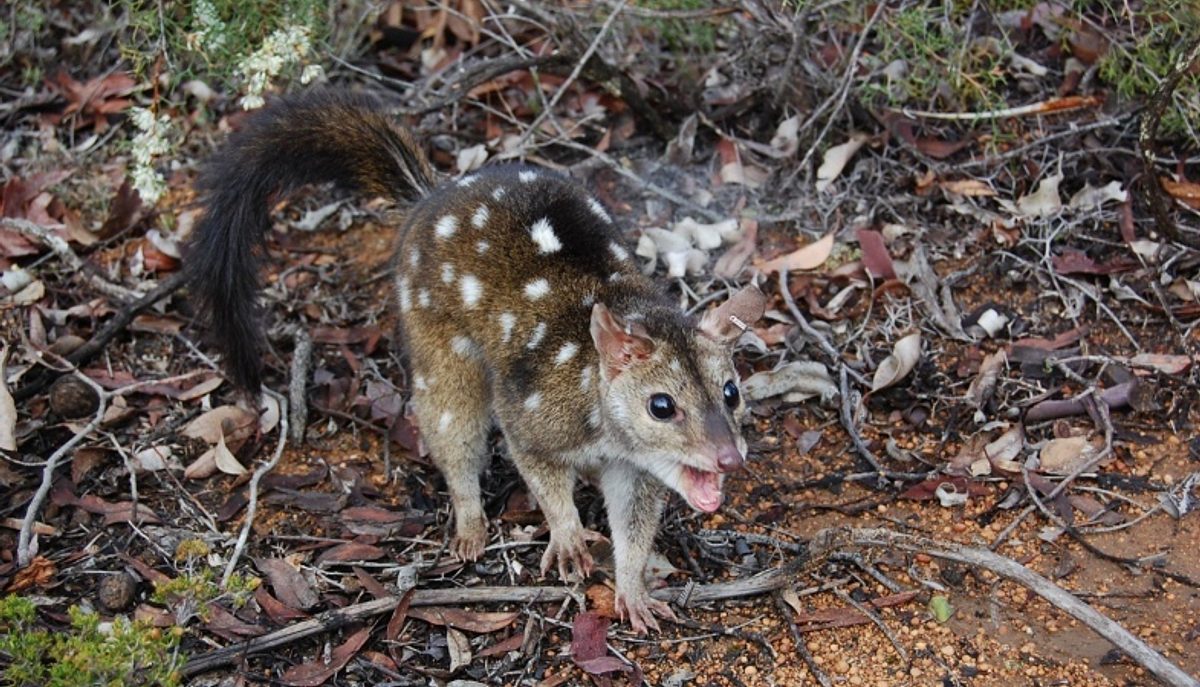Yorke Peninsula sanctuary for iconic and threatened species
One of the world’s most ambitious wildlife conservation projects, which involves fencing off a huge area and stocking it with endangered native species, is about to unfold on Yorke Peninsula.

The recovery project, known as the Great Southern Ark, aims to protect more than 20 indigenous species of mammal, mostly marsupials, as part of the rewilding of Yorke Peninsula.
Over the next 20 years, a 150,000 hectare open-range sanctuary will developed to protect some of Australia’s most iconic and threatened species from predators.
A 23-kilometre predator exclusion fence will be built across the Peninsula, near Warooka, to limit the immigration of feral pests, with construction to commence early this year, followed by intensive fox and cat control.
In the first five years, the project will focus on establishing self-sustaining populations of soil engineers (woylies, southern brown bandicoots) and small native predators (red-tailed phascogale, barn owl). Other species to be reintroduced at later stages include native rodents in year five, and the western quoll at year 10.
A number of organisations have joined forces to develop and deliver the Great Southern Ark.
The group, comprising the Australian Government, Department for Environment and Water, Northern and Yorke Natural Resources Management (NRM) Board, World Wide Fund for Nature (WWF), Fauna Research Alliance, Birdlife Australia, Zoos South Australia, Conservation Volunteers Australia and Yorke Peninsula Tourism, brings significant collective expertise to the project.
Natural Resources Northern and Yorke Regional Director Trevor Naismith said the project is a once-in-a-century opportunity to restore a damaged ecological system and generate cross-sector outcomes.
“The participation of such a diverse range of partners demonstrates the value of a healthy environment to agriculture, local economies and the community,” Mr Naismith said.
“The Great Southern Ark project uniquely brings together the many facets of natural resource management under one banner.
“The project is also exceptional in the extensive planning, consultation and collaboration that has driven its inception and development, with the community at the core.
“The project builds on the Northern and Yorke NRM Board’s successful Baiting for biodiversity program that has been underway on the peninsula for the past five years (170,000 ha).
“This program has delivered significant outcomes, including a 30% increase in lambing percentages; the protection of threatened species such as the Hooded Plover, Malleefowl and Fairy Tern); and the re-appearance of Bush Stone-curlews, after a 40 year absence.
“This part of Australia, with its productive farmlands, extensive areas of high-quality remnant vegetation, picturesque coastlines and oceans, make it one of the world’s best places for a rewilding project.”
Monarto Zoo Director Peter Clark said Zoos SA is proud to be part of such an important and valuable South Australian project.
“The Great Southern Ark Project is a fantastic example of the real difference we can make to our environment when like-minded organisations and the community come together,” Mr Clark said.
“Zoos SA is proud to have been working with the Department for Environment and Water in this region for over 15 years, since helping to successfully reintroduce the then extinct Mainland Tammar wallaby to Dhilba Guuranda-Innes National Park.
“With an emphasis on feral predator control the project will develop self-sustaining wild populations of some of Australia’s most iconic threatened species for years to come.
“This project will not only bring species back to the Peninsula, it will also create positive long-term outcomes for the local environment and community.”
More information about the Great Southern Ark: the Rewilding of Southern Yorke Peninsula is available on the Natural Resources Northern and Yorke website: www.naturalresources.sa.gov.au/northernandyorke



